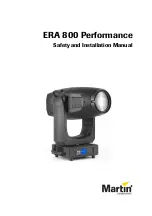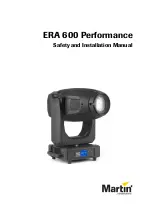
1
I
、
Features and uses
HZDD5Y crude oil water content determination centrifuge is a conventional
instrument for centrifugal precipitation in medicine and biology, with the maximum speed
of 5000r / min, the maximum capacity of 4 × 100ml and the maximum centrifugal force of
4300xg.
The instrument is driven by variable-frequency motor, the rotating speed and time are
all displayed on LCD screen, the electrical control system is controlled by microprocessor,
the key programming, simple operation, the instrument design is humanized and beautiful,
and the structure is simple.
The door cover of the instrument adopts electronic safe and reliable door lock. If the
door cover is not covered (the door lock is not locked), the instrument cannot be started.
Do not open the door cover when the instrument is running! The door cover can only be
opened when the speed is zero. If the door cover is opened by mistake, the instrument will
stop automatically and give an alarm to ensure the safety of the instrument in use.
The instrument adopts the optimized design scheme for the shock absorption system. The
instrument operates stably with small vibration, low noise and good separation effect.
This instrument has the following main functions:
1.Automatic storage of all the running parameters, the next boot can be used directly;
2.When the maximum speed is over 500r / min, automatic speed reduction and shutdown
protection will be provided;
3.Equipped with door cover, overspeed and other protection functions.
This instrument conforms to YY / T 0657-2017 medical centrifuge industry standard.
II
、
How it works
Centrifuges use the principle of centrifugal sedimentation to separate, concentrate or
purify cells (particles) with different densities in the solution under the action of centrifugal
force.
Place the centrifuge tube with the same amount of test solution symmetrically in the
rotor tube hole. After starting the instrument, the relative centrifugal force (RCF) generated
by the motor driving the rotor to rotate at a high speed will separate the cells (particles)































